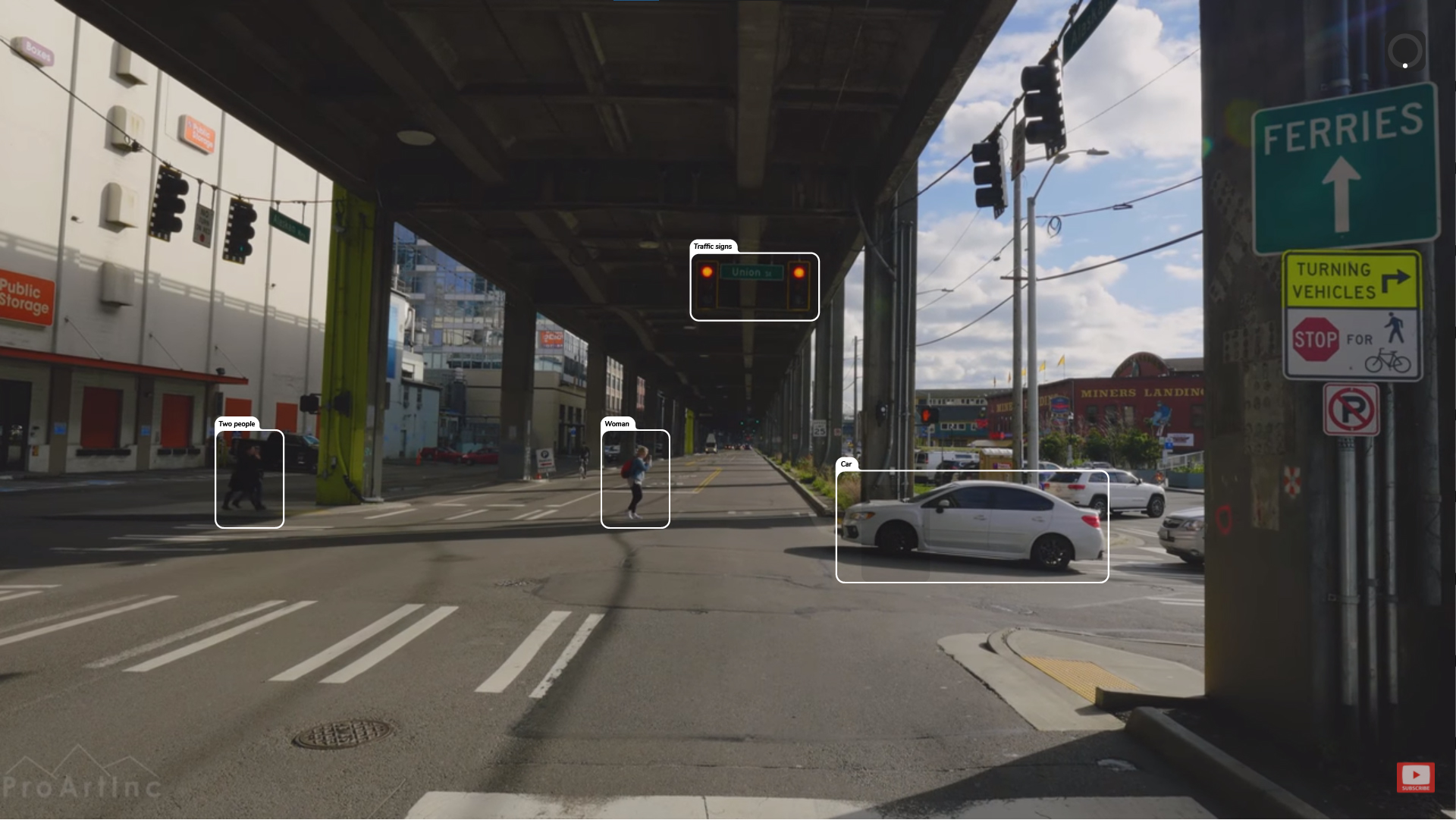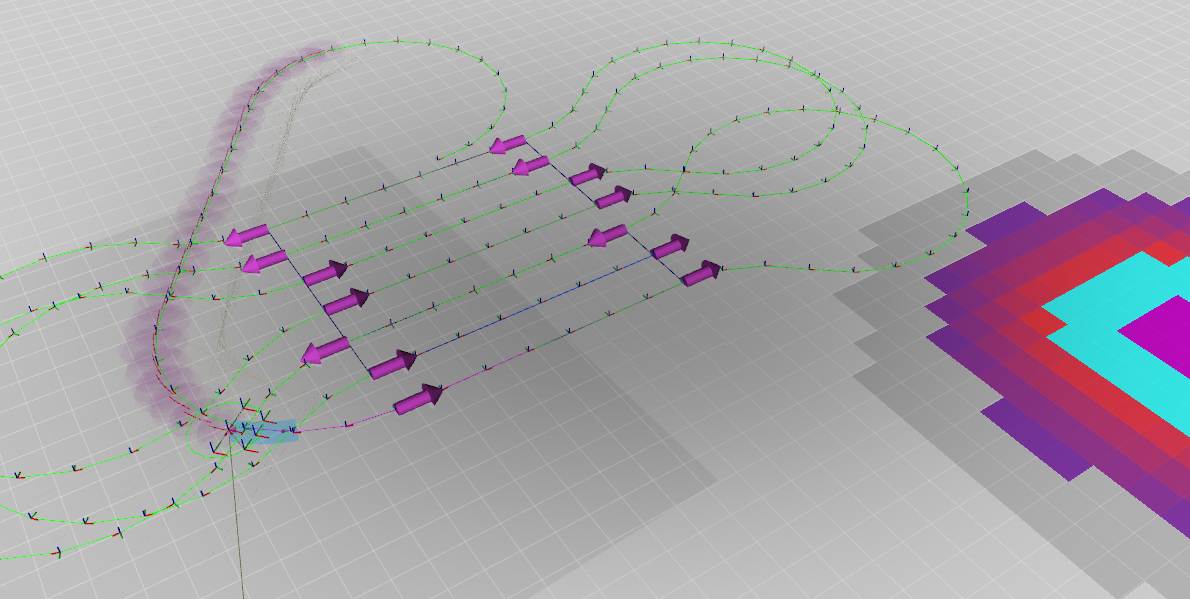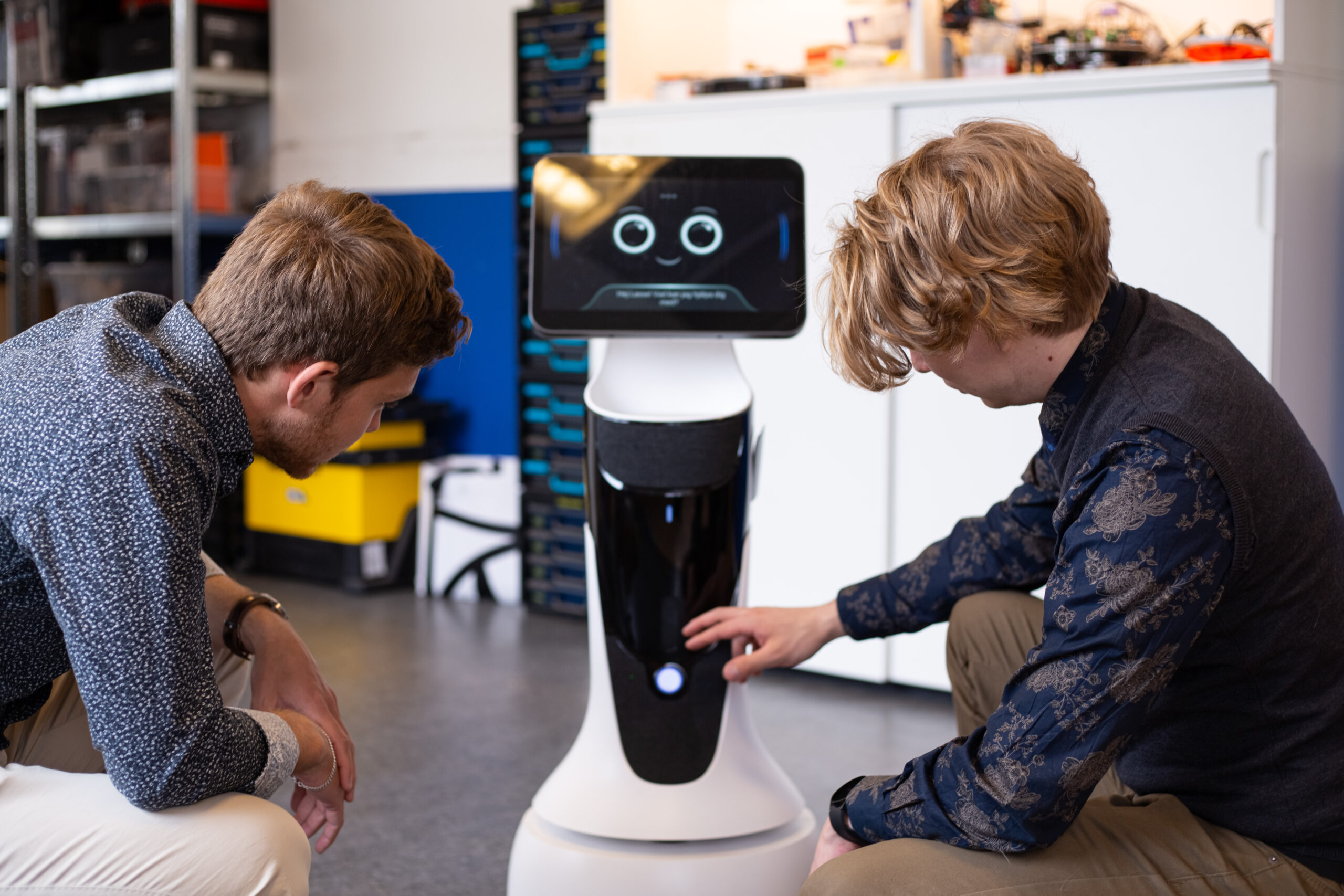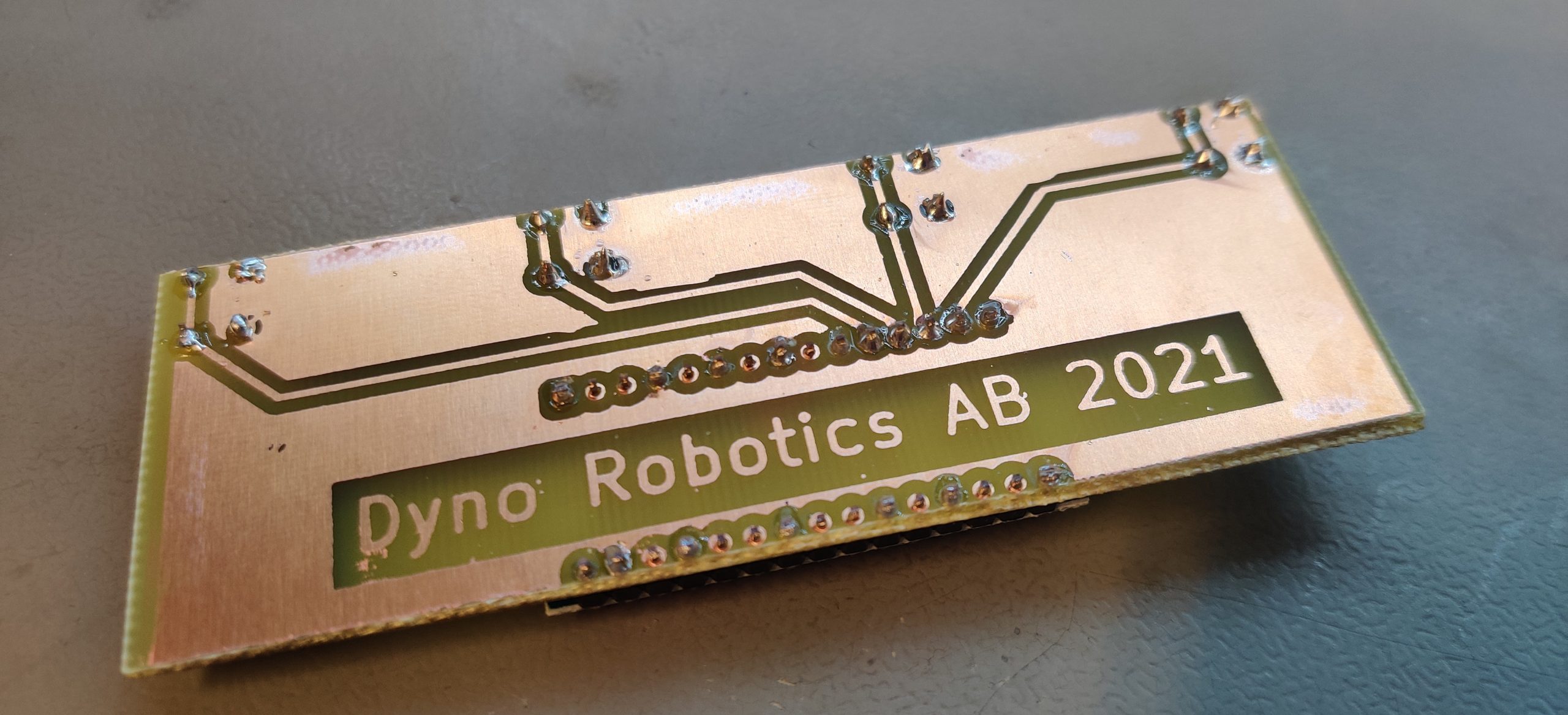
Computer vision
Computer vision enables robots to perceive their surrounding similar to how us humans do.
Many different technologies are required to let a robot see, listen and navigate in the world. All of the advanced hardware and software need to synchronize in order for them to become something bigger than the sum of their parts. Read about our approach to them below!

Computer vision enables robots to perceive their surrounding similar to how us humans do.

Automatic path planning and following is an essential part of many useful robot applications. At Dyno Robotics we have a broad experience of applying autonomous navigation technologies to real world applications.

Natural language processing (NLP) allows for natural interaction with robots and computers. It is about making our technology more human.

We have extensive experience of PCB design. This allows us to make unique solutions and prototypes that push the boundaries.
WebRTC can be used for voice, video and other types of data to be sent between peers. We use it to build custom voice- and video-communication solutions.
Teleoperation is a set of technologies that allows one to remotely control a robot. It can be very useful in many situations, such as if an autonomous mobile robot gets stuck. Then you can remotely control it through teleoperation and help it.
Unity, the game engine, is a great tool for simulation and visualization for robotics. It allows us to simulate the robots different sensors in a virtual world, where we can iterate faster than in the real world.